June Spa Of The Month: The Mandarin Oriental Hong Kong
This month, we are delighted to feature the Mandarin Oriental Spa, Hong...
Read moreFree shipping
on orders £25+
Free Samples
with every order
Subscribe & Save 15%
Free UK delivery On All Orders £40+
Choose 3 Samples With All Orders

One of the hero ingredients in our Vitamin Eye Make Up Remover, is Pea Peptides. A powerhouse ingredient, offering a multitude of benefits including anti-oxidant protection, lash growth, collagen-boosting and soothing and anti-inflammatory properties.
Read more

Midnight Elixir is an advanced regenerating, firming sleep serum that works with your circadian rhythm to support regeneration, repair and optimise skin health. It boosts elasticity by 36% and skin firmness by 24%. Wake up with smoother, firmer, brighter skin.
With five Growth Factors, Snap 8™ Peptide, Shiitake and Turkey Tail Complex, Resveratrol, Oat Ceramides, Niacinamide, Pro-Vitamin D3, plus Melatonin.
Apply a pea sized amount to clean skin. Suitable for face, eye orbital, neck and decolletage. Suitable for all skin types and tones concerned with skin firmness, tone, texture or skin damage. Shake before use.

This month, we are delighted to feature the Mandarin Oriental Spa, Hong...
Read more
This month, we are delighted to announce a brand new OSKIA partnership...
Read more
We are delighted to spotlight Cliveden House, a cherished OSKIA partner since 2017,...
Read more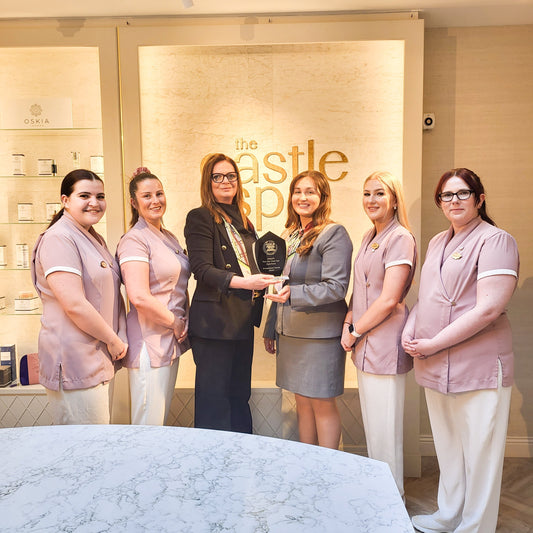
This month, we’re delighted to highlight The Castle Spa at Dromoland Castle...
Read more
This month, we are delighted to feature the Mandarin Oriental Spa, Hong Kong as our cherished OSKIA partner.
This month, we are delighted to feature the Mandarin Oriental Spa, Hong Kong as our cherished OSKIA partner.
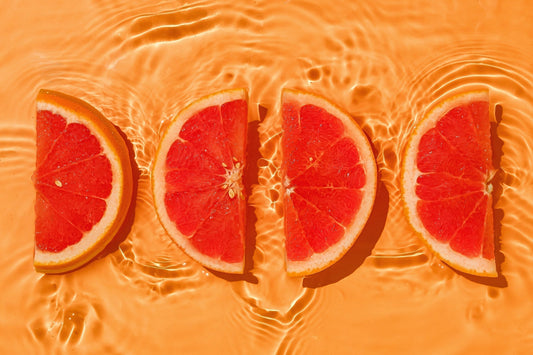
Summer is the time of year when we really need to up our skin protection game.
Summer is the time of year when we really need to up our skin protection game.

When temperatures soar, a warm bath might be the last thing on your mind - but hear us out.
When temperatures soar, a warm bath might be the last thing on your mind - but hear us out.

This month, we are delighted to announce a brand new OSKIA partnership at the Patina Osaka, Japan
This month, we are delighted to announce a brand new OSKIA partnership at the Patina Osaka, Japan

Sensitive skin isn’t something you have to simply live with. By understanding the signs and nurturing your microbiome you can restore balance, comfort and confidence to your complexion.
Sensitive skin isn’t something you have to simply live with. By understanding the signs and nurturing your microbiome you can restore balance, comfort and confidence to your complexion.
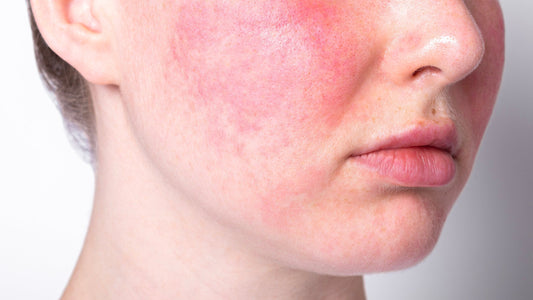
Rosacea is a common skin condition, it's hereditary and affects nearly 6% of the global population.
Rosacea is a common skin condition, it's hereditary and affects nearly 6% of the global population.

We are delighted to spotlight Cliveden House, a cherished OSKIA partner since 2017, as we celebrate their latest accomplishments.
We are delighted to spotlight Cliveden House, a cherished OSKIA partner since 2017, as we celebrate their latest accomplishments.
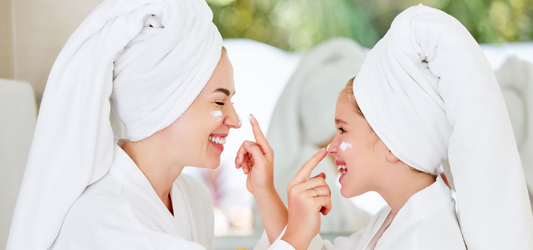
Explore our handpicked selection of Mother’s Day spa experiences and discover the perfect way to say thank you to the person who means the most to you.
Explore our handpicked selection of Mother’s Day spa experiences and discover the perfect way to say thank you to the person who means the most to you.

This month, we’re delighted to highlight The Castle Spa at Dromoland Castle and celebrate their latest achievements.
This month, we’re delighted to highlight The Castle Spa at Dromoland Castle and celebrate their latest achievements.
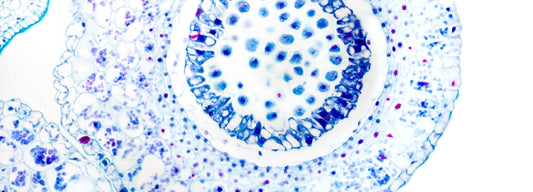
Let’s dive deep into why this ingredient is so unique, what it does for your skin, and how luxury products like Midnight Elixir are utilising it.
Let’s dive deep into why this ingredient is so unique, what it does for your skin, and how luxury products like Midnight Elixir are utilising it.
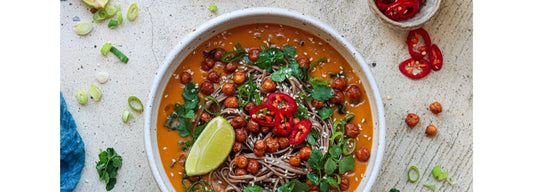
Warm, comforting, and packed with nutrients, this Curried Butternut Squash Noodle Soup is the ultimate nourishing bowl for both your skin and taste buds.
Warm, comforting, and packed with nutrients, this Curried Butternut Squash Noodle Soup is the ultimate nourishing bowl for both your skin and taste buds.

Self-care is about listening to your needs and taking time to nurture yourself. Small acts of kindness toward yourself can leave you feeling refreshed and recharged.
Self-care is about listening to your needs and taking time to nurture yourself. Small acts of kindness toward yourself can leave you feeling refreshed and recharged.

Celebrate 4 years of partnership with Mandarin Oriental Hyde Park, London
Celebrate 4 years of partnership with Mandarin Oriental Hyde Park, London

This month, we’re delighted to highlight Cowley Manor Experimental and celebrate their latest achievements.
This month, we’re delighted to highlight Cowley Manor Experimental and celebrate their latest achievements.

Menopause significantly impacts the skin due to the decline of the hormone estrogen. On a biological level, estrogen controls several physiological processes in the skin, including sebum, collagen, elastin &...
Menopause significantly impacts the skin due to the decline of the hormone estrogen. On a biological level, estrogen controls several physiological processes in the skin, including sebum, collagen, elastin &...

This month, we’re delighted to highlight The Spa at Carden and celebrate their latest achievements
This month, we’re delighted to highlight The Spa at Carden and celebrate their latest achievements

It’s no secret that a poor night’s sleep can leave you feeling groggy, but did you know it also wreaks havoc with your skin?
It’s no secret that a poor night’s sleep can leave you feeling groggy, but did you know it also wreaks havoc with your skin?
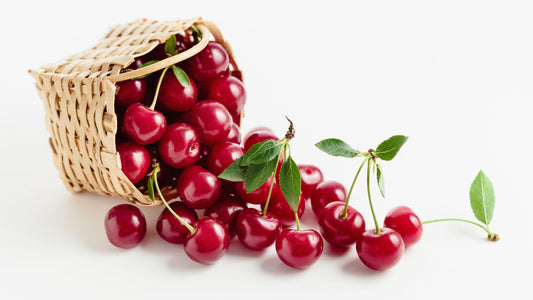
Your delicious, bedtime-friendly drink designed to help you unwind and prepare for a restful night’s sleep. Packed with natural ingredients that support relaxation and promote the production of sleep-inducing hormones.
Your delicious, bedtime-friendly drink designed to help you unwind and prepare for a restful night’s sleep. Packed with natural ingredients that support relaxation and promote the production of sleep-inducing hormones.

Designed to work in harmony with your skin’s natural repair process, this routine nourishes, hydrates and rejuvenates while you sleep.
Designed to work in harmony with your skin’s natural repair process, this routine nourishes, hydrates and rejuvenates while you sleep.

A member of The Leading Hotels of The World and located in the heart of the Alpine Riviera, Hôtel Trois Couronnes is a must visit.
A member of The Leading Hotels of The World and located in the heart of the Alpine Riviera, Hôtel Trois Couronnes is a must visit.

We’re delighted to feature Cliveden House as our Spa of the Month for August.
We’re delighted to feature Cliveden House as our Spa of the Month for August.
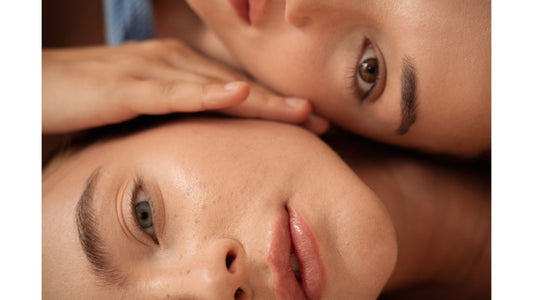
Retinol and its family of retinoids are revered as some of the most effective skincare ingredients available. These Vitamin A derivatives offer a multitude of benefits from anti-ageing to acne...
Retinol and its family of retinoids are revered as some of the most effective skincare ingredients available. These Vitamin A derivatives offer a multitude of benefits from anti-ageing to acne...

WHAT IS IT? As the winter nights close in, temperatures drop and biting winds pick up, it’s imperative to keep your skin hydrated, protected, and glowing. OSKIA products contain lots...
WHAT IS IT? As the winter nights close in, temperatures drop and biting winds pick up, it’s imperative to keep your skin hydrated, protected, and glowing. OSKIA products contain lots...
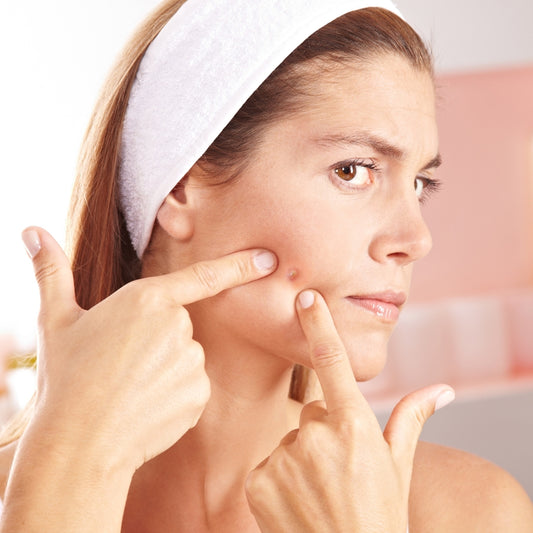
Spots, blemishes, acne—whatever you call them, these pesky little skin imperfections can be a source of frustration for many people. Whether you're a teenager experiencing the onslaught of puberty or...
Spots, blemishes, acne—whatever you call them, these pesky little skin imperfections can be a source of frustration for many people. Whether you're a teenager experiencing the onslaught of puberty or...
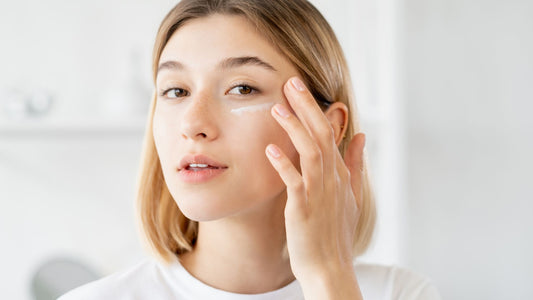
Teenage years can be challenging, especially when it comes to managing skin health. Hormonal changes, improper skincare routines, and lifestyle habits can all impact the condition of your skin. To...
Teenage years can be challenging, especially when it comes to managing skin health. Hormonal changes, improper skincare routines, and lifestyle habits can all impact the condition of your skin. To...

One of the hero ingredients in our latest product, the Vitamin Eye Make Up Remover, are Pea Peptides. Derived from Pisum sativum, commonly known as the garden pea, these peptides are...
One of the hero ingredients in our latest product, the Vitamin Eye Make Up Remover, are Pea Peptides. Derived from Pisum sativum, commonly known as the garden pea, these peptides are...
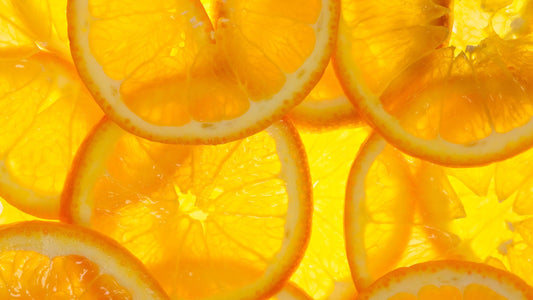
Our skincare specialists debunk the top myths around Vitamin C, so you can be clued up on the facts. The higher the % of Vitamin C the better? A lot...
Our skincare specialists debunk the top myths around Vitamin C, so you can be clued up on the facts. The higher the % of Vitamin C the better? A lot...

Hello Spring! With the start of the new season, we believe it is the perfect time to spring clean your skincare routine in time for the warmer months. Follow our...
Hello Spring! With the start of the new season, we believe it is the perfect time to spring clean your skincare routine in time for the warmer months. Follow our...

World Sleep Day, observed annually on the 15th of March, is a reminder of the importance of quality sleep for our overall health and well-being. Do you know the importance...
World Sleep Day, observed annually on the 15th of March, is a reminder of the importance of quality sleep for our overall health and well-being. Do you know the importance...
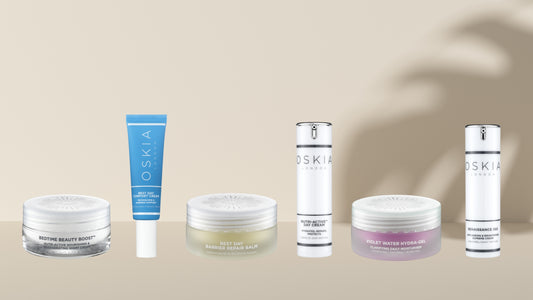
In a market flooded with different products, it can sometimes seem daunting to find the right one to suit your skin and treat its needs. We've created a guide to...
In a market flooded with different products, it can sometimes seem daunting to find the right one to suit your skin and treat its needs. We've created a guide to...
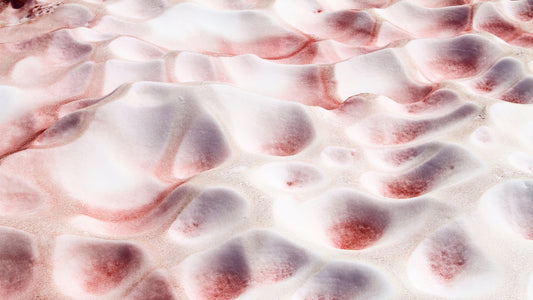
You may have spotted Algae or Seaweed being used on skincare products, but have you ever heard about Snow Algae and its many benefits for the skin? Snow Algae, scientifically...
You may have spotted Algae or Seaweed being used on skincare products, but have you ever heard about Snow Algae and its many benefits for the skin? Snow Algae, scientifically...
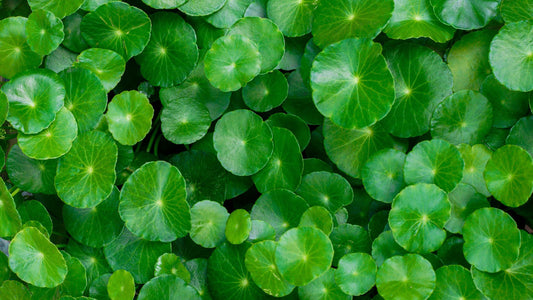
Gotu Kola (Centella Asiatica), also known as Tiger Grass, has been a staple in traditional medicine for centuries, particularly in Asian cultures. In recent years, this herbaceous plant has gained...
Gotu Kola (Centella Asiatica), also known as Tiger Grass, has been a staple in traditional medicine for centuries, particularly in Asian cultures. In recent years, this herbaceous plant has gained...
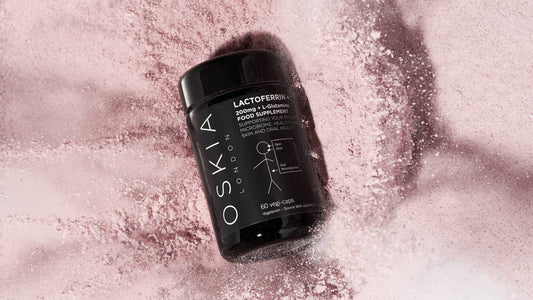
Lactoferrin is a natural, biologically active, iron-binding glycoprotein made of a single polypeptide chain of 691 amino acids. It is a key biological protein within the body and found in...
Lactoferrin is a natural, biologically active, iron-binding glycoprotein made of a single polypeptide chain of 691 amino acids. It is a key biological protein within the body and found in...
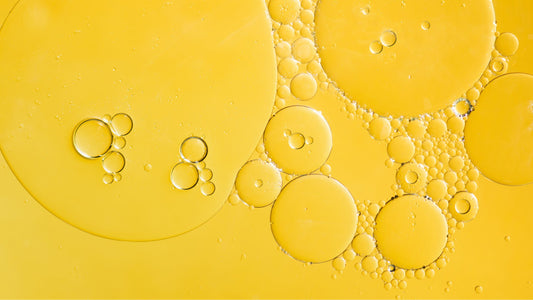
From brightening to anti-oxidant protection, touch upon the facts as to why we chose the hero ingredient Vitamin C, specifically Ascorbyl Tetraisopalmitate, how we keep it stable, and what long-term...
From brightening to anti-oxidant protection, touch upon the facts as to why we chose the hero ingredient Vitamin C, specifically Ascorbyl Tetraisopalmitate, how we keep it stable, and what long-term...
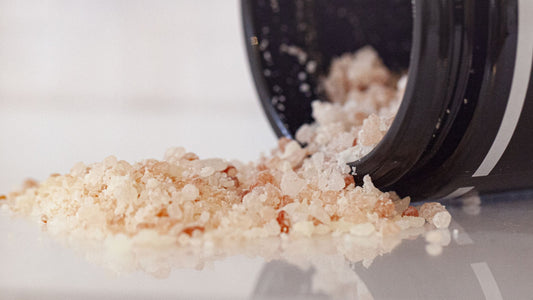
As the cold temperatures settle, there is no better time to indulge in self-care rituals that warm the soul. We're delighted to introduce you to the magic of our Moon...
As the cold temperatures settle, there is no better time to indulge in self-care rituals that warm the soul. We're delighted to introduce you to the magic of our Moon...
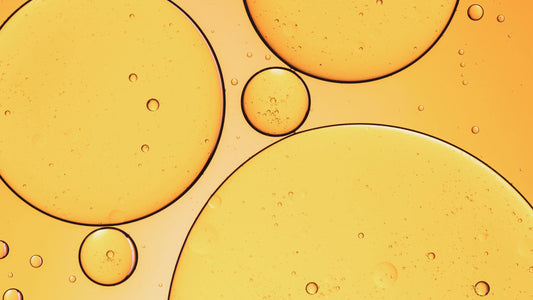
Not all oils are made equal - they differ hugely but you can find one that suits your skin type, be it oily or sensitive. It is the chemical content,...
Not all oils are made equal - they differ hugely but you can find one that suits your skin type, be it oily or sensitive. It is the chemical content,...

Lights, Camera, Action! The enchanting world of Wonka is not just about delicious chocolate but also about the radiant glow of its stars. Our OSKIA products were used in the...
Lights, Camera, Action! The enchanting world of Wonka is not just about delicious chocolate but also about the radiant glow of its stars. Our OSKIA products were used in the...
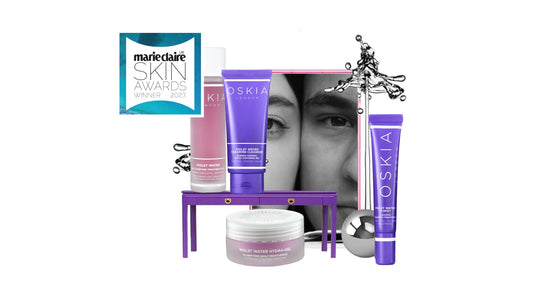
Best Product For Acne-Prone Skin - MARIE CLAIRE AWARDS 2023
Best Product For Acne-Prone Skin - MARIE CLAIRE AWARDS 2023
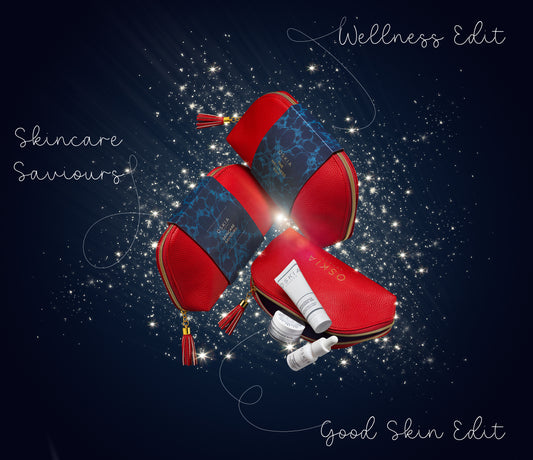
Whether you are gifting family and friends or want to treat yourself, we have the perfect skincare present! The Wellness Edit A complete bath time ritual featuring three of...
Whether you are gifting family and friends or want to treat yourself, we have the perfect skincare present! The Wellness Edit A complete bath time ritual featuring three of...
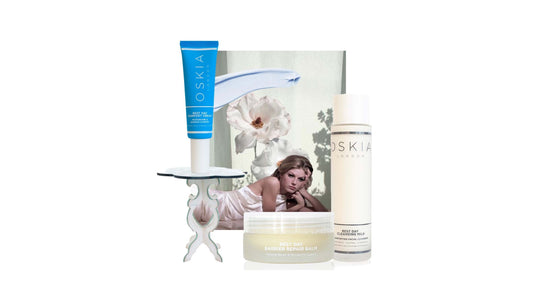
Rest Day Barrier Repair Balm This protective, multi-purpose balm designed for areas of dry, damaged or stressed skin, provides instant protection, comfort and restorative nourishment. With Colloidal Oats, Lupin Seed,...
Rest Day Barrier Repair Balm This protective, multi-purpose balm designed for areas of dry, damaged or stressed skin, provides instant protection, comfort and restorative nourishment. With Colloidal Oats, Lupin Seed,...
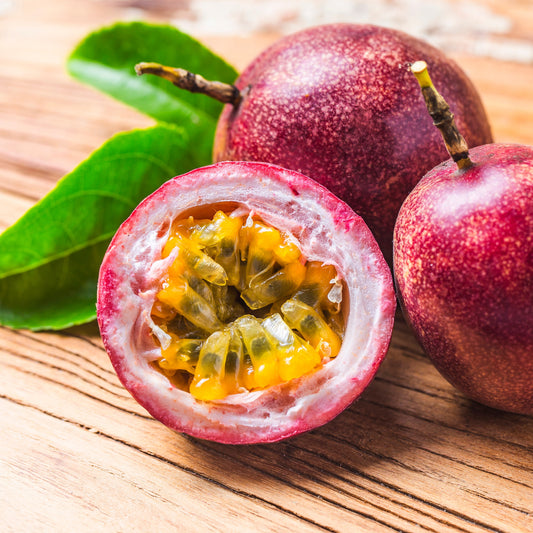
What are AHAs & Fruit Enzymes? α-Hydroxy acids, or alpha hydroxy acids, aka AHAs, are a group of organic carboxylic compounds that may be naturally occurring or synthetic. We use gentle...
What are AHAs & Fruit Enzymes? α-Hydroxy acids, or alpha hydroxy acids, aka AHAs, are a group of organic carboxylic compounds that may be naturally occurring or synthetic. We use gentle...
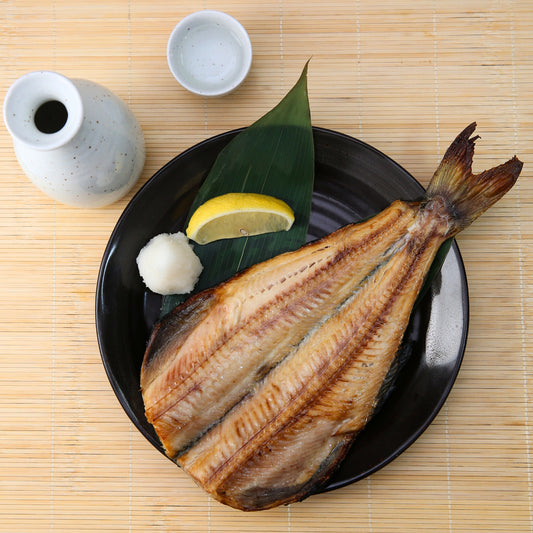
By Thomasina Miers We say: Inflammation is one of the biggest causes of skin damage and premature ageing, as well as a host of other health problems. Following an anti-inflammatory diet...
By Thomasina Miers We say: Inflammation is one of the biggest causes of skin damage and premature ageing, as well as a host of other health problems. Following an anti-inflammatory diet...
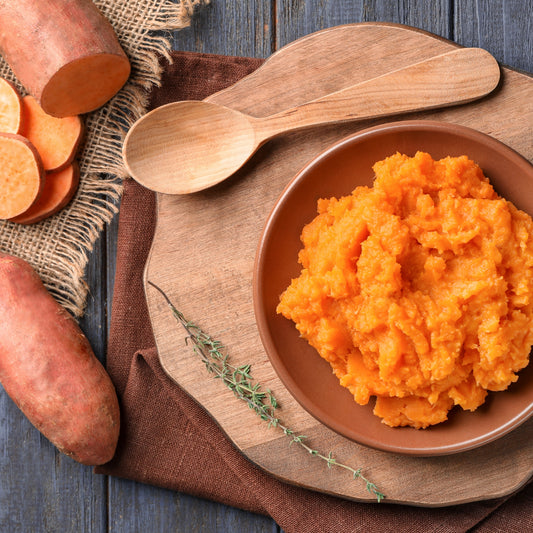
WHAT IS IT? As the winter nights close in, temperatures drop and biting winds pick up, it’s imperative to keep your skin hydrated, protected, and glowing. OSKIA products contain lots...
WHAT IS IT? As the winter nights close in, temperatures drop and biting winds pick up, it’s imperative to keep your skin hydrated, protected, and glowing. OSKIA products contain lots...
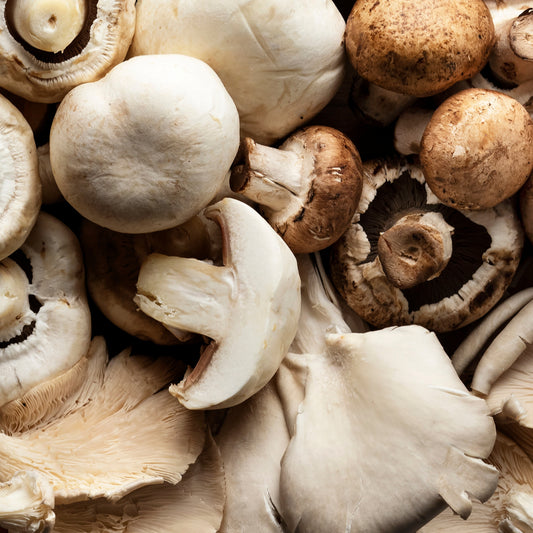
Not many people know that the humble but glorious mushroom is one of the best sources of the beauty nutrients Selenium, Zinc, Vitamin D and the B Vitamins including Niacin...
Not many people know that the humble but glorious mushroom is one of the best sources of the beauty nutrients Selenium, Zinc, Vitamin D and the B Vitamins including Niacin...
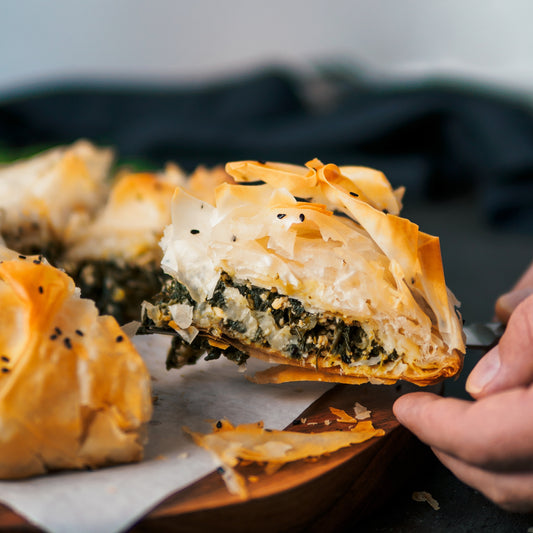
By Thomasina Miers "I love this pie. It is incredibly easy to make, but extremely yummy. Serve with rice or a green salad."6 sheets filo pastry50g currants50g raisins1.2 kg of...
By Thomasina Miers "I love this pie. It is incredibly easy to make, but extremely yummy. Serve with rice or a green salad."6 sheets filo pastry50g currants50g raisins1.2 kg of...

Georgie Cleeve, Founder of OSKIA Summer can be a hazardous time for our skin. Excessive sun exposure (skin dehydration, pigmentation, prickly heat, sunburn) followed by dry, hot winds and overzealous...
Georgie Cleeve, Founder of OSKIA Summer can be a hazardous time for our skin. Excessive sun exposure (skin dehydration, pigmentation, prickly heat, sunburn) followed by dry, hot winds and overzealous...
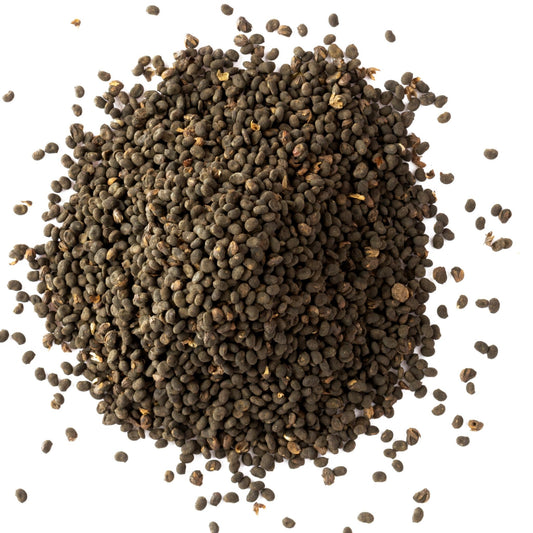
Bakuchiol, a natural alternative to Retinol, is a meroterpene phenol derived from Indian Psoralea corylifolia (Babchi) leaves and seeds. Chinese and Indian medical practitioners have utilised Backuchiol for centuries to...
Bakuchiol, a natural alternative to Retinol, is a meroterpene phenol derived from Indian Psoralea corylifolia (Babchi) leaves and seeds. Chinese and Indian medical practitioners have utilised Backuchiol for centuries to...
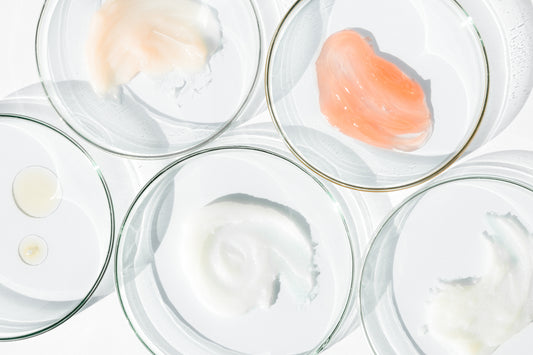
Increase your EFA'S (Essential Fatty Acids) Now that the wind has been howling down our London streets we must take extra care of our skin. Icy cold wind strips away...
Increase your EFA'S (Essential Fatty Acids) Now that the wind has been howling down our London streets we must take extra care of our skin. Icy cold wind strips away...
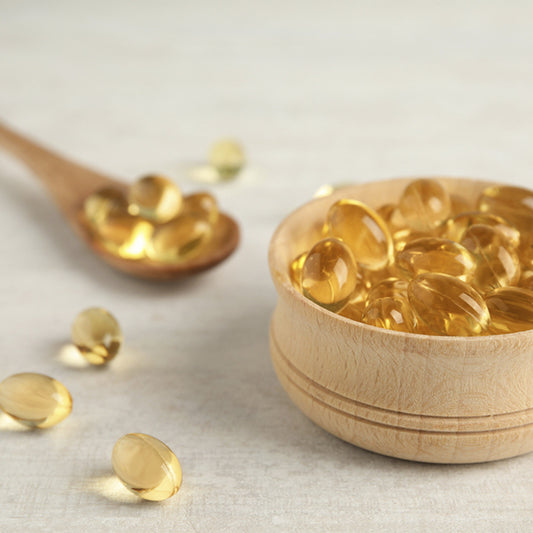
ESSENTIAL FATTY ACIDS(Omega-3, Omega-6 & Omega-9) Essential Fatty Acids (EFAs) are fats that are required by our bodies and necessary to good health but which we’re unable to produce biologically....
ESSENTIAL FATTY ACIDS(Omega-3, Omega-6 & Omega-9) Essential Fatty Acids (EFAs) are fats that are required by our bodies and necessary to good health but which we’re unable to produce biologically....
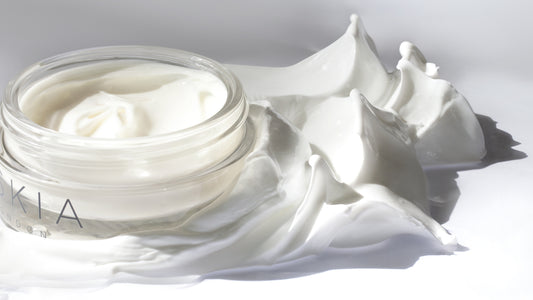
Are you still searching for your go-to moisturiser, or been lucky enough to have already discovered ‘The One’? Considering the vast selection of moisturisers available today, each tailored to suit...
Are you still searching for your go-to moisturiser, or been lucky enough to have already discovered ‘The One’? Considering the vast selection of moisturisers available today, each tailored to suit...

NIACIN AND SWEET POTATOES In connection with our desire to get skin glowing, this delicious recipe is based around the wonderful health and skin benefits of Niacin (Vitamin B3) or Niacinamide as found in...
NIACIN AND SWEET POTATOES In connection with our desire to get skin glowing, this delicious recipe is based around the wonderful health and skin benefits of Niacin (Vitamin B3) or Niacinamide as found in...
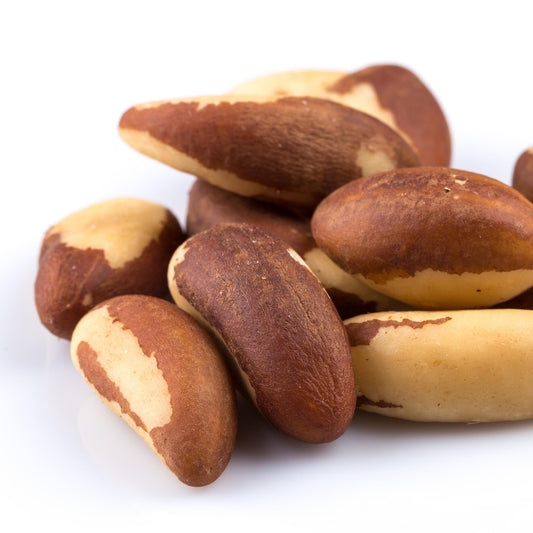
What is it? Selenium is one of the essential trace minerals required by the human body. It’s a nutrient with antioxidant properties which plays an important part in protecting cells...
What is it? Selenium is one of the essential trace minerals required by the human body. It’s a nutrient with antioxidant properties which plays an important part in protecting cells...
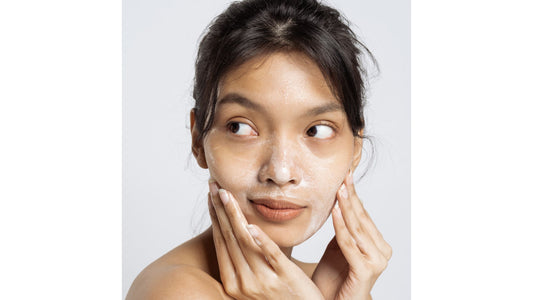
In a market flooded with different products, it can sometimes seem daunting finding the right one to suit your skin and treat its needs. Proper cleansing is paramount for a...
In a market flooded with different products, it can sometimes seem daunting finding the right one to suit your skin and treat its needs. Proper cleansing is paramount for a...
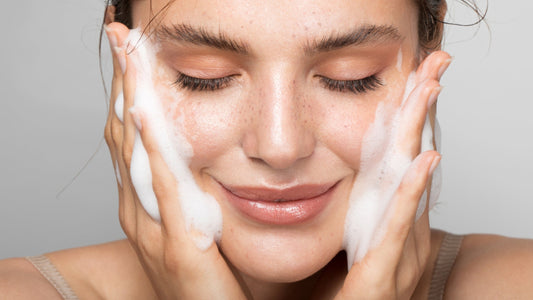
Have you ever wondered if your skin is making the most out of your everyday skincare routine?
Have you ever wondered if your skin is making the most out of your everyday skincare routine?

Vitamin C v Astaxanthin…..Which is 6000 times stronger than the other? Using a powerful topical anti-oxidant is the most important thing we can do for the long term health of...
Vitamin C v Astaxanthin…..Which is 6000 times stronger than the other? Using a powerful topical anti-oxidant is the most important thing we can do for the long term health of...
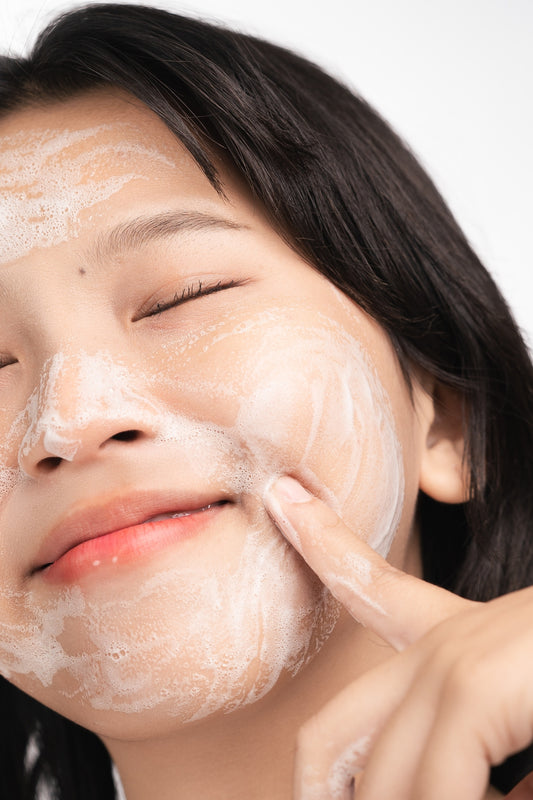
Your acid mantle is a very fine and very vital film on the surface of your outermost layer (stratum corneum) on top of the outer layer (epidermis) of your skin....
Your acid mantle is a very fine and very vital film on the surface of your outermost layer (stratum corneum) on top of the outer layer (epidermis) of your skin....
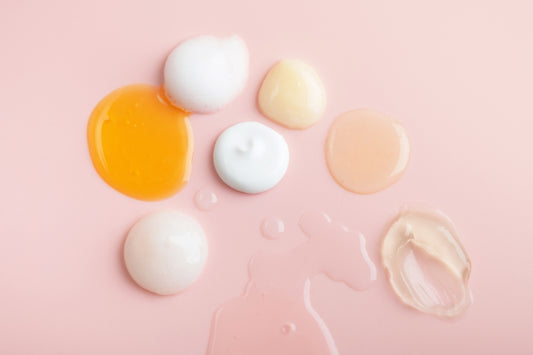
If you're an avid user of TikTok (or maybe just a skincare enthusiast), you may already be familiar with the latest beauty trend: skin cycling. The concept, which has already been given the...
If you're an avid user of TikTok (or maybe just a skincare enthusiast), you may already be familiar with the latest beauty trend: skin cycling. The concept, which has already been given the...

2023 has been an extremely exciting and we’re delighted to announce our new spa partner locations, many of which are across the seas. Each partnership is unique, however there are...
2023 has been an extremely exciting and we’re delighted to announce our new spa partner locations, many of which are across the seas. Each partnership is unique, however there are...

OSKIA chosen on set at Barbie and The Little Mermaid.
OSKIA chosen on set at Barbie and The Little Mermaid.
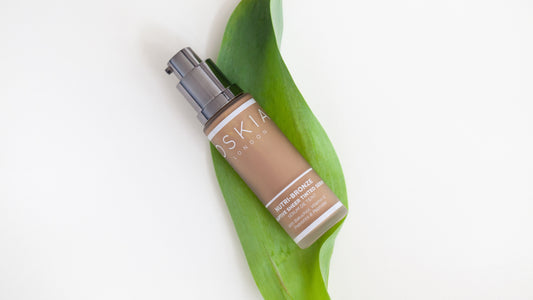
Our one-bottle wonder serum is a hybrid between makeup and skincare - just sweep a few drops over the skin to give a luminous, healthy glow, whilst tackling ageing concerns...
Our one-bottle wonder serum is a hybrid between makeup and skincare - just sweep a few drops over the skin to give a luminous, healthy glow, whilst tackling ageing concerns...
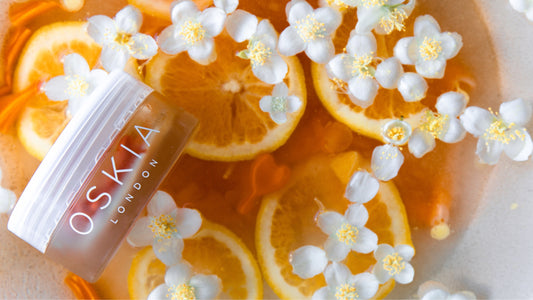
Mighty anti-oxidant defence plus brightnening, firming & hydrating, our super potent Super-C is a powerhouse. The premeasured biodegradable capsule delivers a highly potent dose of glow-inducing formula with every application....
Mighty anti-oxidant defence plus brightnening, firming & hydrating, our super potent Super-C is a powerhouse. The premeasured biodegradable capsule delivers a highly potent dose of glow-inducing formula with every application....
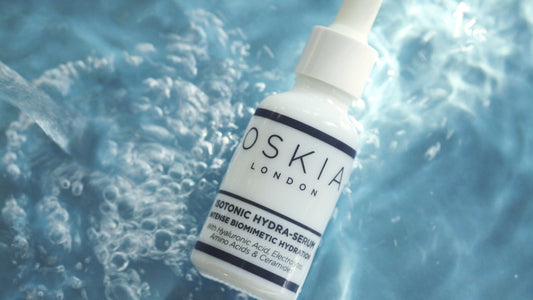
We are THRILLED to announce our Isotonic Hydra-Serum has won GOLD in the Best Serum category at this year's Global Makeup Awards Meet the gold standard of skincare, our Isotonic...
We are THRILLED to announce our Isotonic Hydra-Serum has won GOLD in the Best Serum category at this year's Global Makeup Awards Meet the gold standard of skincare, our Isotonic...
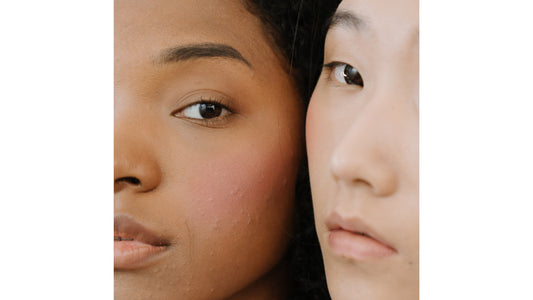
You're not alone! As we start to move away from the warmer temperatures and head towards winter, our skin has the tendency to look dull and dehydrated. Skin likes consistency...
You're not alone! As we start to move away from the warmer temperatures and head towards winter, our skin has the tendency to look dull and dehydrated. Skin likes consistency...
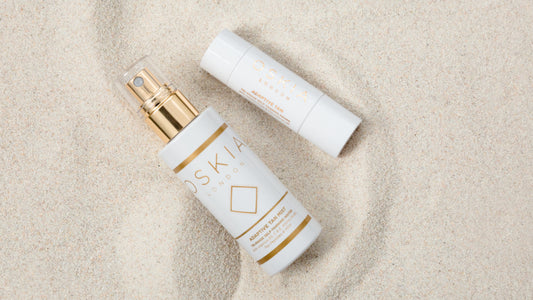
If you're after a healthier way to tan this season, then self-tanning mists and drops are a great solution. Our tanning formulas are 100% natural and contain beauty-boosting Vitamins, Amino...
If you're after a healthier way to tan this season, then self-tanning mists and drops are a great solution. Our tanning formulas are 100% natural and contain beauty-boosting Vitamins, Amino...
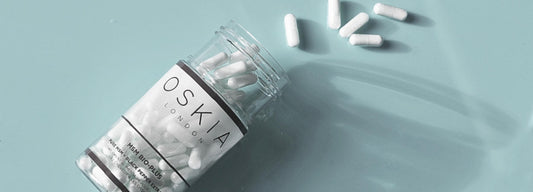
THE BEAUTY & HEALING MINERAL What is MSM? MSM (Methyl Sulphonyl Methane or Dimethyl Sulfone) is a natural form of organic sulphur compound that is found in all living organisms....
THE BEAUTY & HEALING MINERAL What is MSM? MSM (Methyl Sulphonyl Methane or Dimethyl Sulfone) is a natural form of organic sulphur compound that is found in all living organisms....
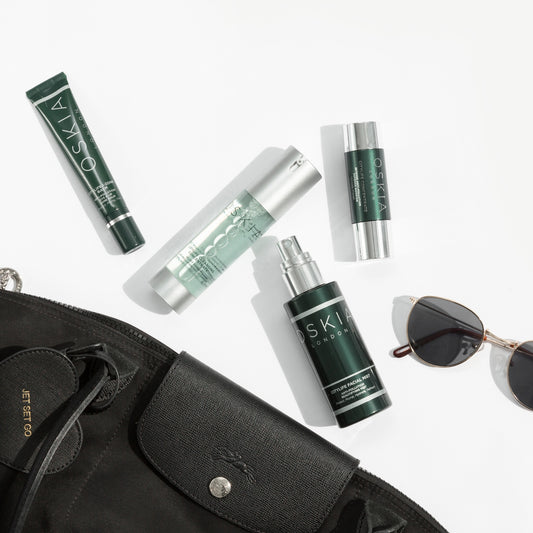
Discover the ingredients uses in our Citylife anti-pollution range, cleverly micro-encapsulated, singularly or in blends, for increased stability, protection, dermal transfer & bio-availability.
Discover the ingredients uses in our Citylife anti-pollution range, cleverly micro-encapsulated, singularly or in blends, for increased stability, protection, dermal transfer & bio-availability.

PUT THE SPARKLE BACK...The eyes are the window to your soul - but they can also be a window into your social habits. They are an obvious indicator of issues...
PUT THE SPARKLE BACK...The eyes are the window to your soul - but they can also be a window into your social habits. They are an obvious indicator of issues...
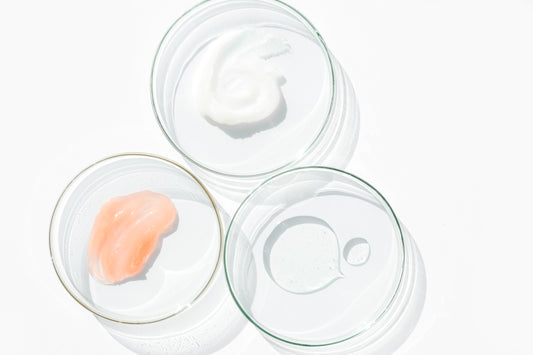
Exfoliation is known to be an equally important step in our skincare routines as cleansing, applying a serum and moisturising, but what exactly is exfoliation and how does it benefit...
Exfoliation is known to be an equally important step in our skincare routines as cleansing, applying a serum and moisturising, but what exactly is exfoliation and how does it benefit...

That is a question that we are asked frequently and we would like to shed some light on the similarities and differences between genetically male and genetically female skin. Despite...
That is a question that we are asked frequently and we would like to shed some light on the similarities and differences between genetically male and genetically female skin. Despite...
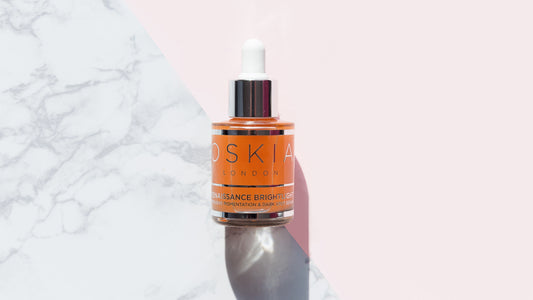
We have all enjoyed a few days in the glorious sunshine this summer, and if you are one of the lucky ones who have made it on holiday, then the...
We have all enjoyed a few days in the glorious sunshine this summer, and if you are one of the lucky ones who have made it on holiday, then the...
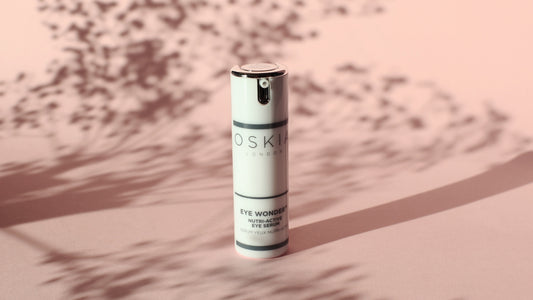
The eye area is usually the first to start showing signs of ageing, regardless of your skin type or age. We created Eye Wonder to target all the signs of...
The eye area is usually the first to start showing signs of ageing, regardless of your skin type or age. We created Eye Wonder to target all the signs of...

What is the difference between prebiotics and probiotics? Essentially, prebiotics are ‘food’ for our good bacteria strains, while probiotics are actually ‘live’ bacteria. Both are clinically-proven to calm and sooth...
What is the difference between prebiotics and probiotics? Essentially, prebiotics are ‘food’ for our good bacteria strains, while probiotics are actually ‘live’ bacteria. Both are clinically-proven to calm and sooth...
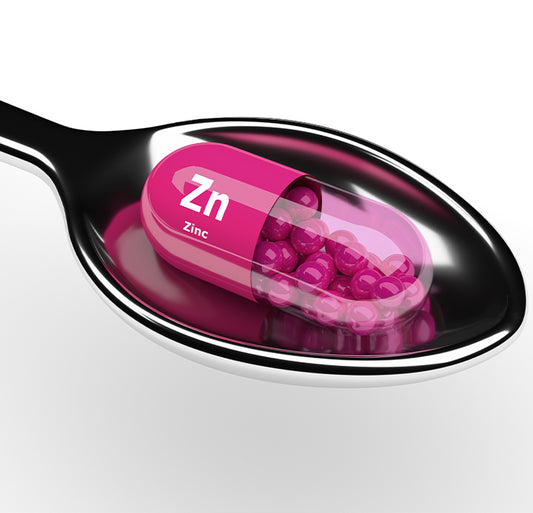
WHAT IS ZINC? Zinc-Glycine is a mineral and synthetic complex. It harnesses the beneficial skin care properties of Zinc, which is grafted onto an amino acid, Glycine, to aid dermal...
WHAT IS ZINC? Zinc-Glycine is a mineral and synthetic complex. It harnesses the beneficial skin care properties of Zinc, which is grafted onto an amino acid, Glycine, to aid dermal...
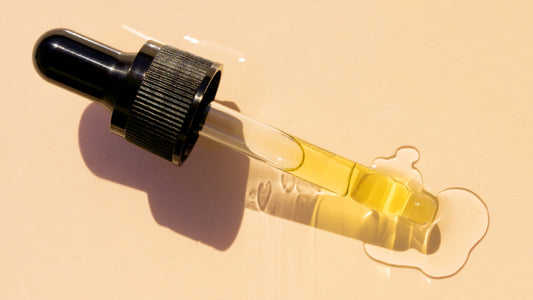
Tocopheryl acetate is the ester of Tocopherol (q.v.) and acetic acid and is classified as both an ester and heterocyclic compound. It is used as an antioxidant and a skin-conditioning...
Tocopheryl acetate is the ester of Tocopherol (q.v.) and acetic acid and is classified as both an ester and heterocyclic compound. It is used as an antioxidant and a skin-conditioning...

What is Riboxyl? Riboxyl or Ribose is a pentose sugar that occurs naturally in all living cells. The source used by OSKIA is obtained from corn by biotechnology. It is...
What is Riboxyl? Riboxyl or Ribose is a pentose sugar that occurs naturally in all living cells. The source used by OSKIA is obtained from corn by biotechnology. It is...

Essential Fatty Acids (EFAs) or Omegas are necessary fats that humans cannot synthesize, and must be obtained through diet. They are long-chain polyunsaturated fatty acids derived from linolenic, linoleic, and...
Essential Fatty Acids (EFAs) or Omegas are necessary fats that humans cannot synthesize, and must be obtained through diet. They are long-chain polyunsaturated fatty acids derived from linolenic, linoleic, and...
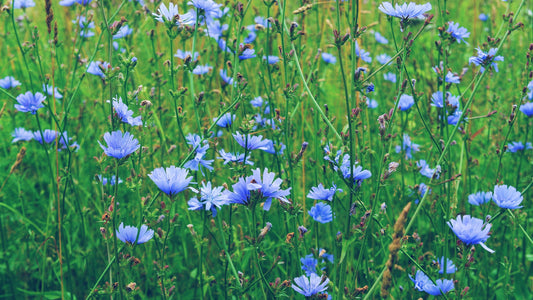
WHAT IS IT? Immortelle Bleue, otherwise known as Limonium Narbonese or Statice, is a perennial seaside plant that colonises the maritime sands of the Camargue in the south of France. The...
WHAT IS IT? Immortelle Bleue, otherwise known as Limonium Narbonese or Statice, is a perennial seaside plant that colonises the maritime sands of the Camargue in the south of France. The...
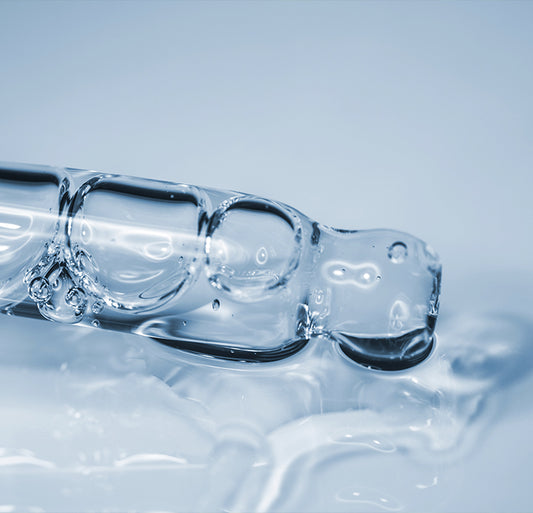
Hyaluronic Acid is a vital component (key to cartilage, hyaluronan joint lubricating liquid and skin). It plays a key role in our epidermis, serving as an vital part of the...
Hyaluronic Acid is a vital component (key to cartilage, hyaluronan joint lubricating liquid and skin). It plays a key role in our epidermis, serving as an vital part of the...
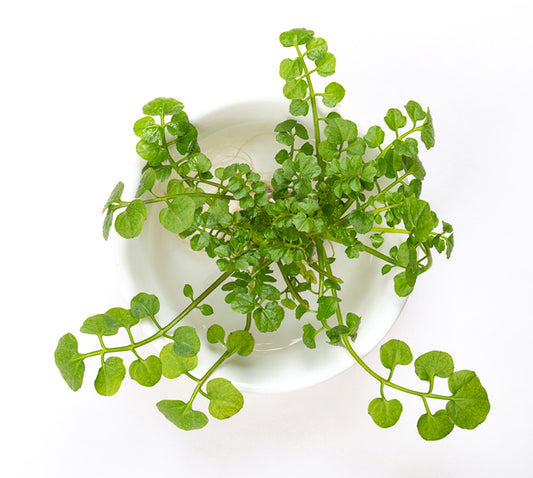
This wonderful ingredient is ideal for the treatment of dark spots, age spots and hyper-pigmentation and clinically proven to reduce melanin production by 47% at only 0.4%. We use 2-4%...
This wonderful ingredient is ideal for the treatment of dark spots, age spots and hyper-pigmentation and clinically proven to reduce melanin production by 47% at only 0.4%. We use 2-4%...
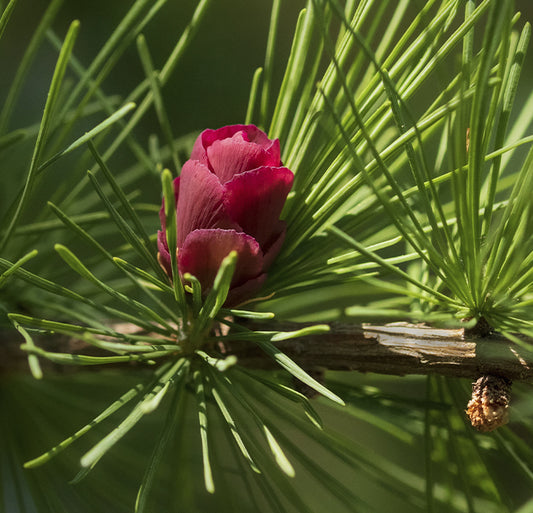
Galactoarabinan (not surprisingly often abbreviated to GA!) is a highly functional polysaccharide (basically the form in which most natural carbohydrates occur), extracted from already-harvested North American Larch trees which grow...
Galactoarabinan (not surprisingly often abbreviated to GA!) is a highly functional polysaccharide (basically the form in which most natural carbohydrates occur), extracted from already-harvested North American Larch trees which grow...

What is it and how can it help me?Astaxanthin (pronounced Asta-xan-thin) is a super-anti-oxidant. It’s in fact a carotenoid, a pigment. We are familiar with carotenoids - and we know...
What is it and how can it help me?Astaxanthin (pronounced Asta-xan-thin) is a super-anti-oxidant. It’s in fact a carotenoid, a pigment. We are familiar with carotenoids - and we know...
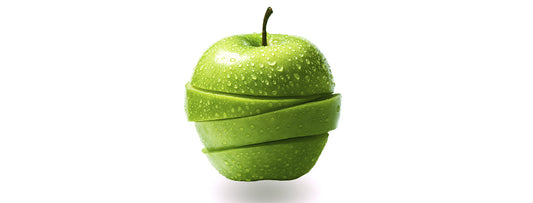
This active ingredient won the prize in European Innovation “Best Active Ingredient” in 2008. It is a revolutionary technology designed to protect human skin stem cells with the help of...
This active ingredient won the prize in European Innovation “Best Active Ingredient” in 2008. It is a revolutionary technology designed to protect human skin stem cells with the help of...
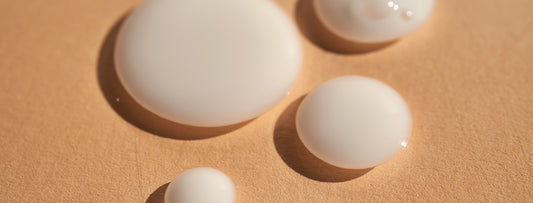
What are they? Bio-active polypeptides (cytokines) obtained from milk, stabilized in a physiological milieu of other valuable, functional milk components. What do they do? With increasing age, the skin loses...
What are they? Bio-active polypeptides (cytokines) obtained from milk, stabilized in a physiological milieu of other valuable, functional milk components. What do they do? With increasing age, the skin loses...
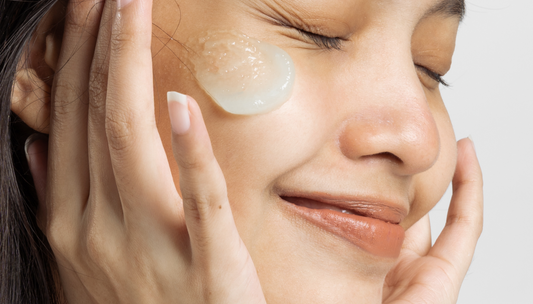
Your eyes are the windows to your soul, and taking care of the delicate skin around them is essential for maintaining a youthful and vibrant appearance
Your eyes are the windows to your soul, and taking care of the delicate skin around them is essential for maintaining a youthful and vibrant appearance